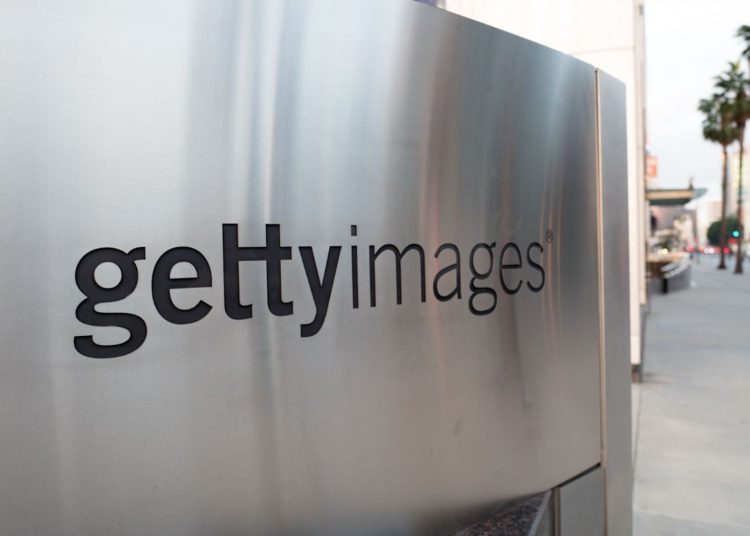Getty Images and Shutterstock have announced plans to merge into a single powerhouse company. The $3.7 billion deal will bring together the two largest players in the stock photography and video marketplace, creating a unified platform that will retain the Getty Images name and NYSE listing under the ticker “GETY.”
The merger comes at a monumental moment for the visual content industry, as artificial intelligence technologies continue to gain ground. While AI image generators like Midjourney and DALL-E are disrupting traditional content creation, they are also opening new possibilities for licensing and training data partnerships.
Under the terms of the deal, Getty Images shareholders will hold the majority stake at 54.7%, while Shutterstock shareholders will own 45.3%. Shutterstock shareholders can choose from several options: $28.84 per share in cash, 13.67 shares of Getty Images stock, or a mixed package of cash and stock. The combined company will be led by current Getty Images CEO Craig Peters, with Mark Getty serving as Chairman of the Board.
With projected 2024 revenue between $1.97 and $1.99 billion and expected cost savings of $150–200 million within three years, the merger sounds like a promising start for the two companies. The combined company will unite Getty Images’ prestigious editorial coverage and historical archive with Shutterstock’s innovative technology platform and diverse creative marketplace.
For content creators and customers, the merger could bring expanded opportunities. The combined platform will offer a more comprehensive library of visual content, including photographs, videos, music, and 3D assets. The companies plan to invest in new technologies, including enhanced search capabilities and AI-powered tools, while maintaining their reputation as the home for licensed, commercially safe content.
Most importantly, the deal also strengthens the combined company’s position in the AI era. With a vast, properly licensed content library, the merged entity will be better positioned to partner with AI companies for training data while developing its own AI-powered creative tools for customers. In fact, the two companies have a perfect opportunity to become the biggest AI player in the visual content scene, given their massive image archives.




























